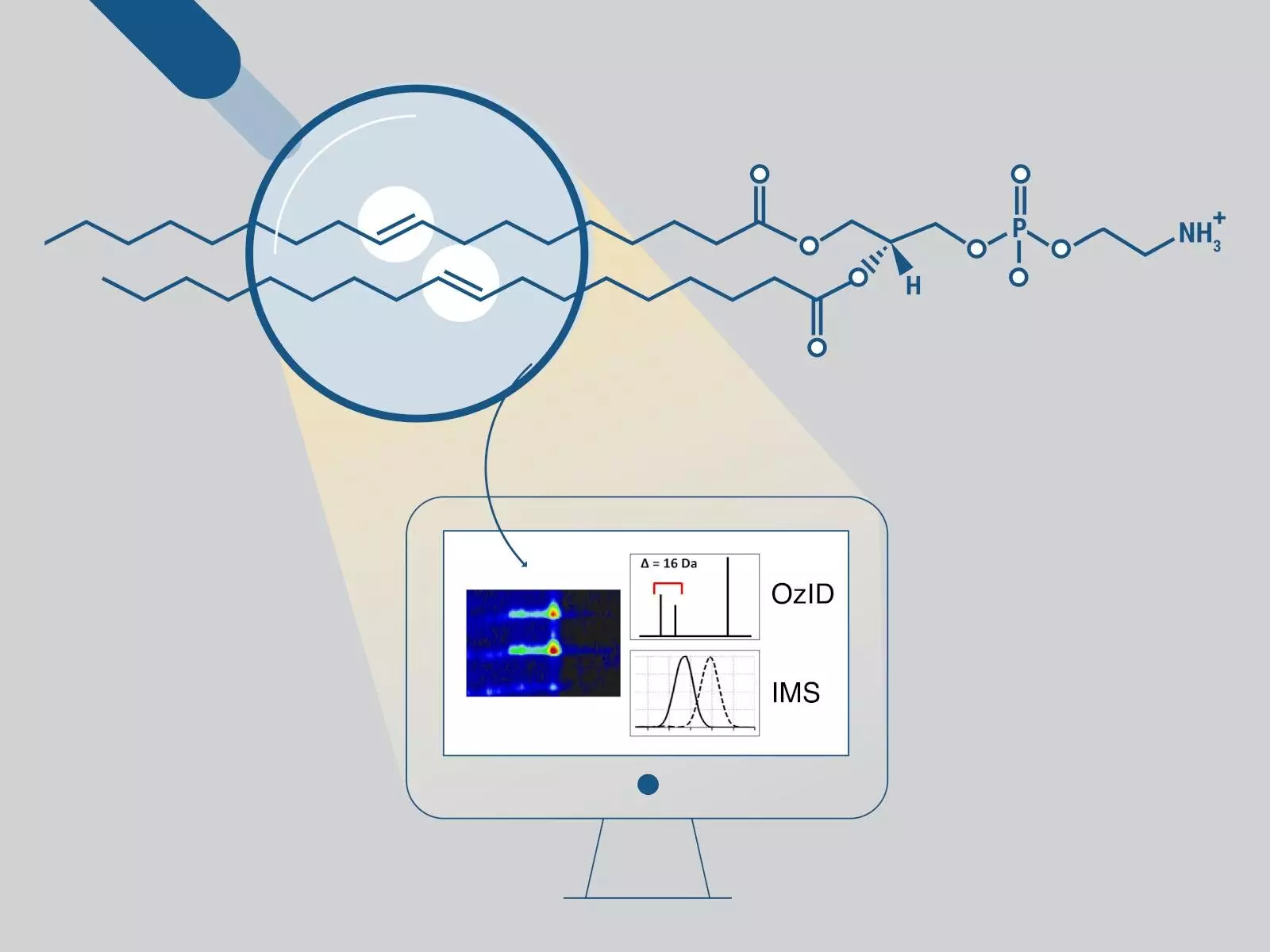Lipids, a class of biomolecules, have a significant impact on various cellular processes. Understanding the structures of lipids and their biological functions is crucial in the field of lipidomics. However, accurately identifying and characterizing the positions of double bonds within fatty acid chains, which greatly influence cellular membranes and cell signaling pathways, has been a challenge. To address this issue, scientists at the Pacific Northwest National Laboratory (PNNL) have developed an innovative workflow called LipidOz, which combines automation and machine learning techniques to streamline the analysis of lipid double bond positions. This groundbreaking method offers researchers a more efficient and accurate means of lipid characterization.
The identification of lipids is complicated due to the existence of molecular parts with the same chemical formula but different physical configurations. While conventional analyses can determine fatty acyl chain lengths, the number of double bonds, and even the sn position in some cases, they fail to determine the positions of carbon-carbon double bonds. To overcome this challenge, the PNNL team utilized a gas-phase oxidation reaction called ozone-induced dissociation (OzID), which produces unique fragments that can reveal the positions of double bonds. However, analyzing the data obtained from this reaction is complex and repetitive, and there is a lack of software support.
LipidOz is an open-source Python tool developed by the scientists at PNNL. This revolutionary tool automates the process of determining and assigning double bond positions in lipids, leveraging a combination of traditional automation and advanced deep learning approaches. LipidOz offers researchers a user-friendly interface to streamline their lipidomics studies, providing accurate results with a high degree of confidence. This tool not only enhances the efficiency of lipid analysis but also unlocks the potential of OzID for future research in the field of lipidomics.
One of the key advantages of LipidOz is its ability to streamline the analysis of data obtained from OzID. Previously, this process was complex and time-consuming, requiring considerable expertise. LipidOz simplifies and automates this task, reducing the burden on researchers and enabling them to focus on other aspects of their research. By efficiently determining and assigning the positions of double bonds, LipidOz eliminates potential errors and provides researchers with accurate insights into the structural properties of lipids.
LipidOz has demonstrated its effectiveness in analyzing standard lipid mixtures and complex lipid extracts. This breakthrough allows researchers to apply OzID in a practical manner for future lipidomics studies. By gaining a deeper understanding of the positions of double bonds in lipids, researchers can unravel the complexities of cellular membranes and further investigate the intricate mechanisms of cell signaling pathways. LipidOz paves the way for new discoveries and advancements in the field of lipidomics, offering researchers an invaluable tool to explore the role of lipids in various biological processes.
The development of LipidOz by researchers at PNNL marks a significant advancement in the analysis of lipids. By utilizing a combination of automation and machine learning, LipidOz streamlines the determination of double bond positions, overcoming a critical challenge in lipidomics. This innovative tool enhances the efficiency and accuracy of lipid characterization, providing researchers with a user-friendly interface and reliable results. With LipidOz, the complex analysis of lipid data has been simplified, enabling researchers to dive deeper into understanding the vital role of lipids in cellular processes.


Leave a Reply